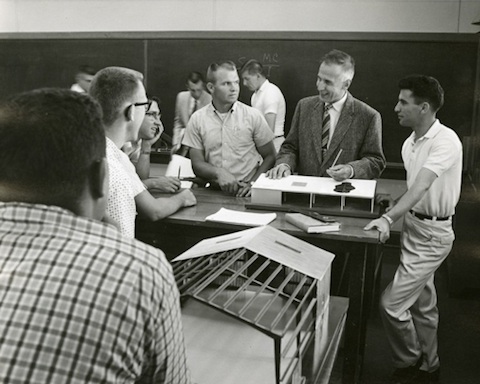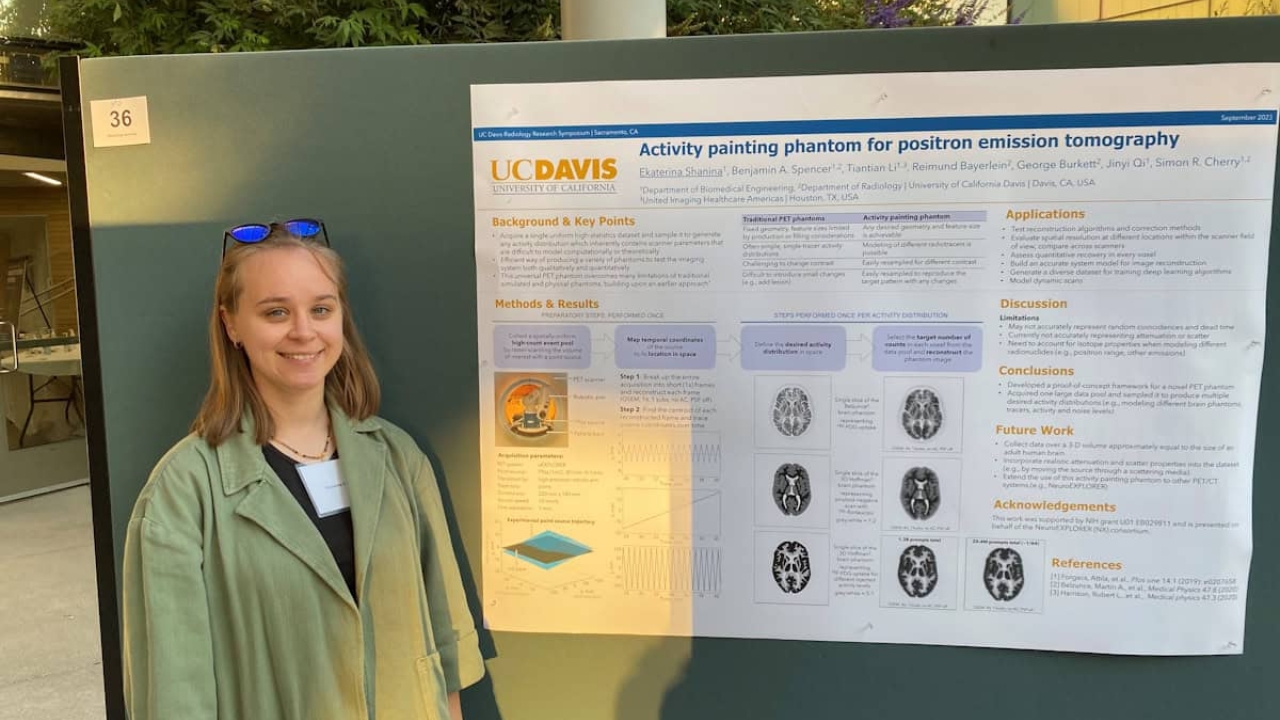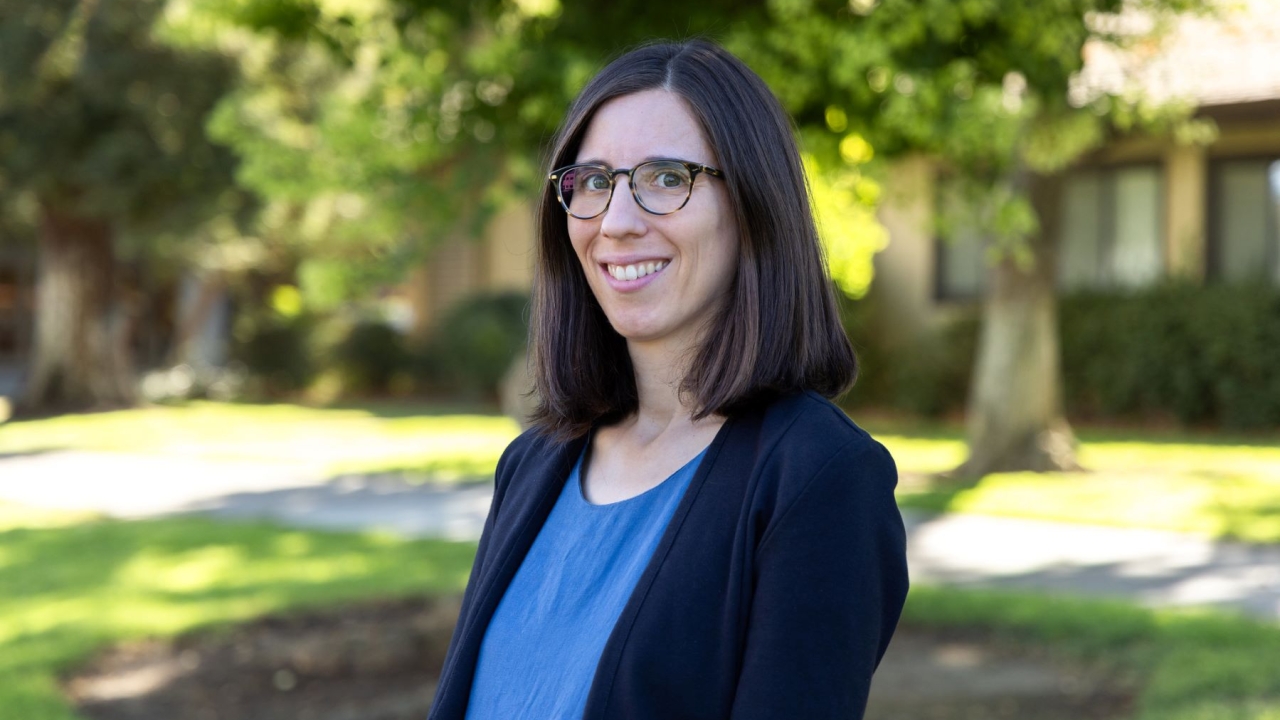Biography: Clarence F. Kelly
In June 1964, responding to rising interest from members of the College of Agriculture, UC Davis Chancellor Emil Mrak formed a committee to explore the creation of what eventually — after many more years — would become the campus’ Antique Tractor Museum and Agricultural Machinery Restoration Facility. The members of that nascent committee included agricultural engineer Clarence F. Kelly, who recently had become associate director of the UC system-wide Agricultural Experiment Station. He was promoted to director in 1965, at which point he became responsible for coordinating agricultural research on four UC campuses and at 10 agricultural field stations.
 The North Dakota native — who, disliking his first name, preferred to be known simply as “Kelly” — obtained his undergraduate and master’s degrees at North Dakota State College. He subsequently joined that campus’ faculty, then transitioned to the U.S. Department of Agriculture, where he researched problems relating to grain storage. He wrote a seminal USDA circular, Wheat Storage in Experimental Farm Type Bins: an authoritative work subsequently referenced worldwide in many translations.
The North Dakota native — who, disliking his first name, preferred to be known simply as “Kelly” — obtained his undergraduate and master’s degrees at North Dakota State College. He subsequently joined that campus’ faculty, then transitioned to the U.S. Department of Agriculture, where he researched problems relating to grain storage. He wrote a seminal USDA circular, Wheat Storage in Experimental Farm Type Bins: an authoritative work subsequently referenced worldwide in many translations.
Following military service in World War II, Kelly was sent to the UC Davis campus to begin research on the effects of environment on the production of swine and beef cattle. Subsequent work on environmental modifications and feed rations led to the improvement of profitable beef-feeding endeavors in the Imperial Valley.
Kelly officially joined the UC Davis Department of Agricultural Engineering in 1950, where he taught undergraduate courses and directed graduate student thesis research. He continued to work in animal environments and microclimatology, and soon became an international authority in both. He was elected a Fellow in the American Society of Agricultural Engineers in 1958, and the following year became the first correspondent representative of the American Society of Agricultural Engineers (ASAE) at the International Society of Agricultural Engineers. He served as ASAE vice president from 1960 to ’63.
In 1963, shortly after becoming associate director of the Agricultural Experiment Station, Kelly was awarded the ASAE Cyrus Hall Gold Medal Award, in recognition of his exceptional and meritorious achievements in agricultural engineering. North Dakota State University granted him an honorary doctor of science degree the following year, and in 1968 Kelly became the second agricultural engineer elected to the prestigious National Academy of Engineering.
Kelly served one term as ASAE president before retiring from university service in 1973. He then devoted one year to administrative service with the United States Department of Agriculture. He died on May 5, 1976.




